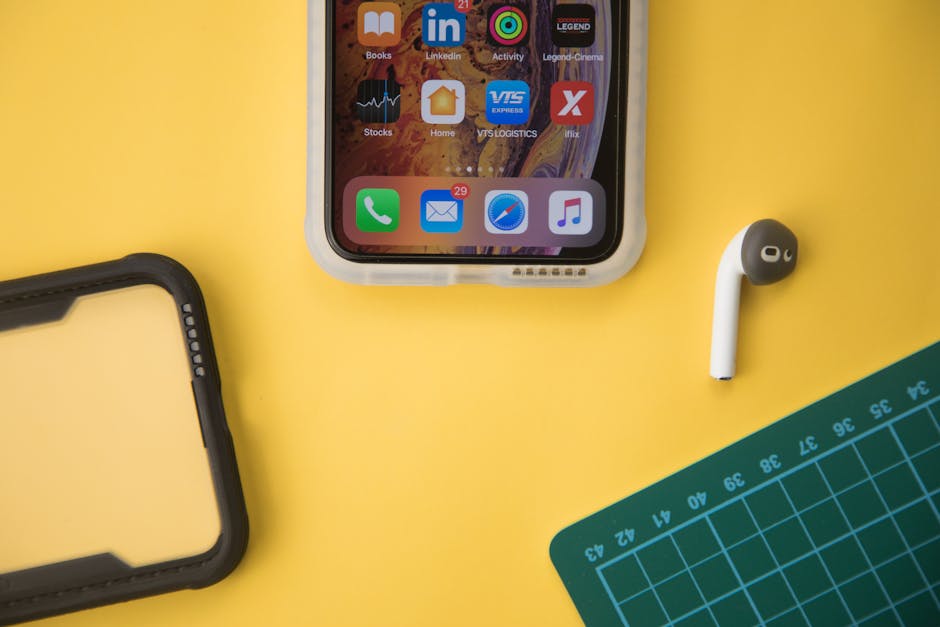Optimizing Office Seating Arrangements: A Guide to Physical Distancing Tools
“In the post-pandemic world, optimizing office seating arrangements has become crucial for maintaining a safe and productive workplace. This guide explores the benefits of physical distancing tools and seating arrangement generators, providing insights on how to effectively implement these solutions in your office. ”

In the wake of the global pandemic, businesses have had to rethink their office layouts to prioritize employee health and safety. Physical distancing has become a key factor in this process, and many companies are turning to innovative tools to help them optimize their seating arrangements. In this article, we'll explore the benefits of physical distancing tools and seating arrangement generators, and provide guidance on how to effectively implement these solutions in your workplace.

The Importance of Physical Distancing in the Office
Physical distancing has proven to be one of the most effective ways to reduce the spread of infectious diseases, including COVID-19. By maintaining a safe distance between employees, businesses can minimize the risk of transmission and create a healthier work environment. However, implementing physical distancing in an office setting can be challenging, especially in open-plan layouts or shared workspaces.
This is where physical distancing tools and seating arrangement generators come into play. These solutions help businesses discover more space with smart nudges and new analytics, allowing them to optimize their office layouts for safety and efficiency.
Benefits of Physical Distancing Tools and Seating Arrangement Generators
-
Enhanced Safety: By ensuring that employees maintain a safe distance from one another, these tools help reduce the risk of disease transmission in the workplace.
-
Improved Productivity: A well-designed seating arrangement can foster collaboration and communication while minimizing distractions, leading to increased productivity.
-
Flexibility: Many physical distancing tools offer customizable options, allowing businesses to adapt their seating arrangements to their unique needs and office layouts.
-
Cost-Effective: Implementing a physical distancing tool or seating arrangement generator is often more cost-effective than completely redesigning an office space.

Implementing Physical Distancing Tools in Your Office
When incorporating a physical distancing tool or seating arrangement generator into your workplace, consider the following best practices:
-
Assess Your Needs: Evaluate your current office layout and identify areas where physical distancing may be challenging. This will help you choose the right tool for your specific requirements.
-
Involve Employees: Engage your team in the process of selecting and implementing a physical distancing solution. Their input can provide valuable insights and help ensure a smooth transition.
-
Provide Training: Once you've selected a tool, provide comprehensive training to your employees on how to use it effectively. This will help them adapt to the new seating arrangement and maintain proper physical distancing protocols.
-
Monitor and Adjust: Regularly monitor the effectiveness of your chosen solution and make adjustments as needed. Be open to feedback from your team and willing to iterate on your approach as you navigate this new normal.

Conclusion
As businesses continue to adapt to the post-pandemic world, optimizing office seating arrangements has become a top priority. By leveraging physical distancing tools and seating arrangement generators, companies can create safer, more productive workplaces that prioritize employee well-being. When implementing these solutions, it's essential to assess your needs, involve your team, provide adequate training, and remain flexible in your approach. By doing so, you'll be well-positioned to navigate the challenges of the modern workplace and how to adjust your open office space for activity based working.
